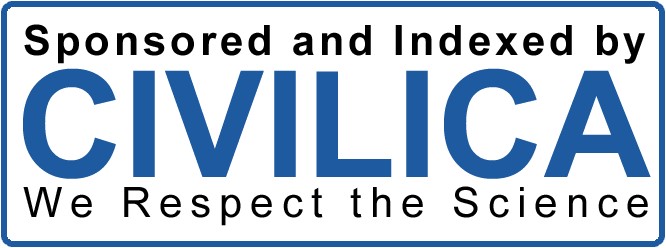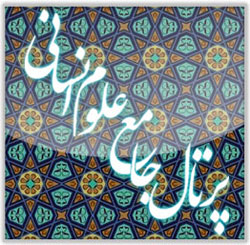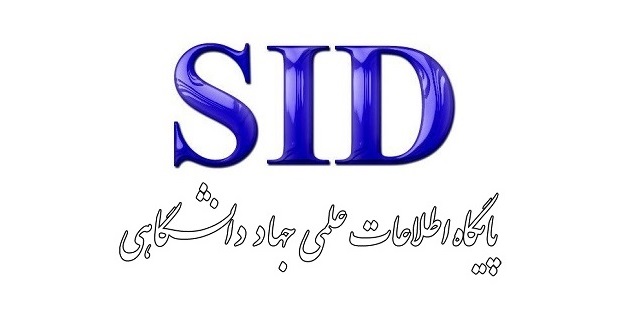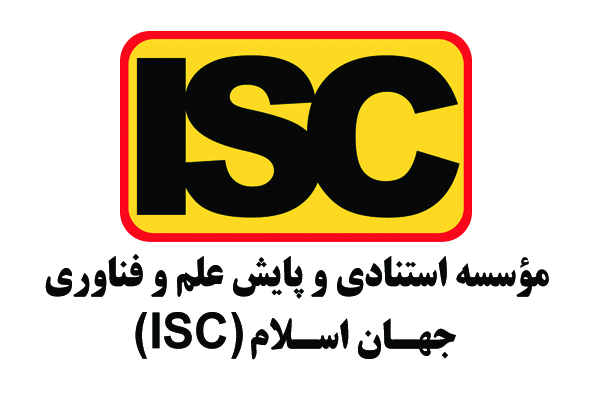Designing a Sustainable Model for the Entrepreneurial Opportunity Ecosystem in the Turkmen Sahra Thoroughbred Horse Racing Industry
Keywords:
equestrian tourism, equestrian entrepreneurship, Equestrian collections, event-oriented entrepreneurshipAbstract
Sports events rooted in the cultural values of societies have become a potential capability for creating emerging businesses and achieving competitive advantages. Therefore, the purpose of this study was to identify entrepreneurial opportunities in the Turkmen horse industry in the Turkmen Sahra region. The present study is an exploratory mixed-methods research. In the qualitative phase, 15 experts participated in semi-structured interviews using the snowball sampling method. The study population included tourists, frontline and staff managers of horse racing courses, equestrian event judges, active traders in the horse industry, sales agents of horse-related tools and equipment, trainers and instructors of jockeys, jockeys, owners of equestrian clubs and horse breeders, agricultural experts specializing in nutrition, breeding, and lineage, human resources of equestrian stable complexes, local residents engaged in horse racing events, travel agencies, and veterinarians involved in horse racing events and equine health. A total of 150 participants were selected using purposive sampling. The research instrument was a questionnaire derived from the qualitative phase, including variables related to entrepreneurial opportunities in event organization, horse breeding, equestrian tourism, export activities, equine care, and agriculture and services. The reliability of the qualitative phase was assessed using the recoding method (α ≥ 0.73), while the reliability of the quantitative phase was evaluated using Cronbach’s alpha (α ≥ 0.71). For data analysis, the partial least squares (PLS) technique was employed using SmartPLS-3 software and SPSS. The results of the data analysis indicated that entrepreneurial opportunities in equestrian tourism and entrepreneurial opportunities in event organization had the highest path coefficients. Therefore, it is recommended that the responsible institutions enhance economic efficiency in this industry by developing tourism infrastructure and expanding other sports disciplines within the horse industry.
Downloads
References
Agha Seyyed Azizolah, B., Nik Bakhsh, R., & Safa Nia, A. M. (2021). The Strategic Plan of Islamic Republic of Iran
Federation for Equestrian. Strategic Studies on Youth and Sports, 19(48), 75-92.
https://faslname.msy.gov.ir/article_376.html?lang=en
Asgharpour Golfazani, A., Esmailzade Ghandhari, M. R., Divkan, B., & Taheri Lari, M. (2021). Casual Factors Affecting
the Creation of New Businesses in the Country's Sports: A Qualitative Study. New Approach in Sport Management,
(39), 105-119. http://ntsmj.issma.ir/article-1-1796-fa.html
Belali, M., Moinfard, M., Hamediniya, M., & Amirahmadi, A. (2012). The Viewpoints of Managers and Experts on the
Development of Sport Tourism Industry in Khorasan Razavi. Sport Management Journal, 4(13), 185-202.
https://doi.org/10.22059/jsm.2012.28720
Capatina, O. D., Raduand, R., & MariaIsai, V. (2023). Exploring entrepreneurial intentions within equine sector from
Romania: an environmental economics approach. Journal of Ethics in Entrepreneurship and Technology, 3(1), 33-
https://doi.org/10.1108/JEET-09-2022-0013
Choori, A., Razavi, M. H., Dousti, M., & Farzan, F. (2023). Foresight in the Field of Horse Industry and Equestrian
Sports with a Scenario Writing Approach. Sport Management Journal, 15(1), 73-52.
https://doi.org/10.22059/jsm.2023.297652.2411
Gharahbash, A. M. (2016). The role of horse breeding in the development of tourism and employment in Golestan
province. The Second National Conference of Macroeconomics of Iran,
Ghezelsefloo, H., Razavi, M. H., & Kalateh Seifari, M. (2022). Determining model of the factors influencing the
sustainable development of traditional sports tourism (Case study: Kabadi festival of Sorkhankalateh, Horse-riding
of Torkman and Guroush and Alish traditional wrestling). Sport Management Studies, 14(71), 241-274.
https://smrj.ssrc.ac.ir/article_1767.html?lang=en
Ghorbani, M. H., & Safai, H. R. (2020). A Model for Development of Sport Careers in Iran. New Approach in Sport
Management, 38(31), 55-72. http://ntsmj.issma.ir/article-1-1518-fa.html
Gorzin, M. M., Saidie, P., Hosseini, M. R., & Fallah, Z. A. (2022). Designing the sports-recreational tourism
entrepreneurship model with an interpretative structural approach. Organizational Behavior Management in Sport,
(5), 43-67. https://doi.org/10.22059/jsm.2022.690820
Hemmonsbey, J., & Tichaawa, T. M. (2018). The effects of major sport event leveraging for tourism and destination
branding: The case of South Africa as an emerging destination. Geo Journal of tourism and Geosite, 6(1), 213-226.
_and_destination_branding_The_case_of_South_Africa_as_an_emerging_destination
Karkon, L., Zitonli, A. H., & Asadi, H. (2013). The Effect of Horse Racing Sport Event on the Development of Sport
Tourism in Golestan Province. Sport Management Journal, 1(2), 9-17. http://ntsmj.issma.ir/article-1-88-fa.html
Lupoae, D., Wilk, V., & Radu, I. R. (2023). Sustainable entrepreneurship in equine services. Journal of Business
Research, 170, 114361. https://doi.org/10.1016/j.jbusres.2023.114361
Mehrinejad, S., & Khotbe, S. (2023). Identifying the Practical Factors of dealing with the impact of the Coronavirus on
the attraction of sports tourism (Case Study: Equestrian Competitions in Golestan Province). Research in Sport
Management and Marketing, 4(1), 1-12. https://rsmm.uma.ac.ir/article_2120.html
Mehrnavaz, A., & Eslami, S. (2021). The role of sports tourism in the development of entrepreneurship in Hormozgan
province (emphasis on beaches and water sports). Research in the management of applied sports, 10(2), 100-189.
https://arsmb.journals.pnu.ac.ir/?lang=fa
Moladoust, K., & Yanpi, T. (2021). Explaining the strategic planning of Chugan tourism development in Iran. Tourism
Space Quarterly, 9(34), 128-112. https://sanad.iau.ir/en/Journal/gjts/Article/999246
Mortezaee, L., & Kalate Seifari, M. (2020). Sports tourism development with an emphasis on hidden areas. Applied
Research in Sport Management, 8(4), 75-86. https://doi.org/10.30473/arsm.2020.6806
Naghavi, M., & Khadem, A. R. (2021). Investigating the role of tourism of sporting events on the economic development
of Turkmen Sahara region in Golestan province. New Approach in Sport Management, 39(35), 83-102.
http://ntsmj.issma.ir/article-1-1705-en.html
Naghavian, S., Saghi, D., & Mobaraki, A. (2018). Estimation of Inbreeding and Survey of the Pedigree Structure of
Iranian Turkmen Horses Population. Res Anim Prod, 9(22), 131-137. https://doi.org/10.29252/rap.9.22.131
Perić Mark, V., & Vitezić, Đ. J. (2019). Business models for active outdoor sport event tourism experiences. Tourism
Management Perspectives, 32, 10056. https://doi.org/10.1016/j.tmp.2019.100561
Roult, R., Lavigne, M. A., & Auger, D. (2017). The horse racing industry in Canada: current status and prospects.
Managing Sport and Leisure, 55(0), 01-35. https://doi.org/10.1080/23750472.2017.1338534
Sadin, H., Poortahei, M., & Eftekhari, M. R. (2021). Identifying and evaluating the value chain of rural businesses with
branding capabilities (case study: Turkmen Sahra region of Golestan province). Rural Research Journal, 12(2), 218-
https://doi.org/10.22059/jrur.2021.302145.1499
Salarzehi, H. A., Pooranjna, G., & Ahag, F. (2021). Identifying and prioritizing sports tourism development strategies in
urban areas: Gonbadkavos city. Quarterly Journal of Economy and Urban Planning, 2(2), 100-190.
http://eghtesadeshahr.tehran.ir/article_134288.html
Sigurðardóttir, I. (2018). Wellness and equestrian tourism-new kind of adventure? Scandinavian Journal of Hospitality
and Tourism, 8(2), 322-315. https://doi.org/10.1080/15022250.2018.1522718
Worapinij, P., Jantarakolica, K., & Kanittinsuttitong, N. (2018). Sports Tourism Management Model and the
development of sport tourism in Thailand. The 22nd International Society for Business Innovation and Technology
Management Conference, Bangkok, Thailand.
Yanpi, T., & Dosti, M. (2019). Challenges and Opportunities to Develop Equestrian Sports in Golestan Province. Sport
Management and Development, 8(3), 88-101. https://doi.org/10.22124/jsmd.2019.3791
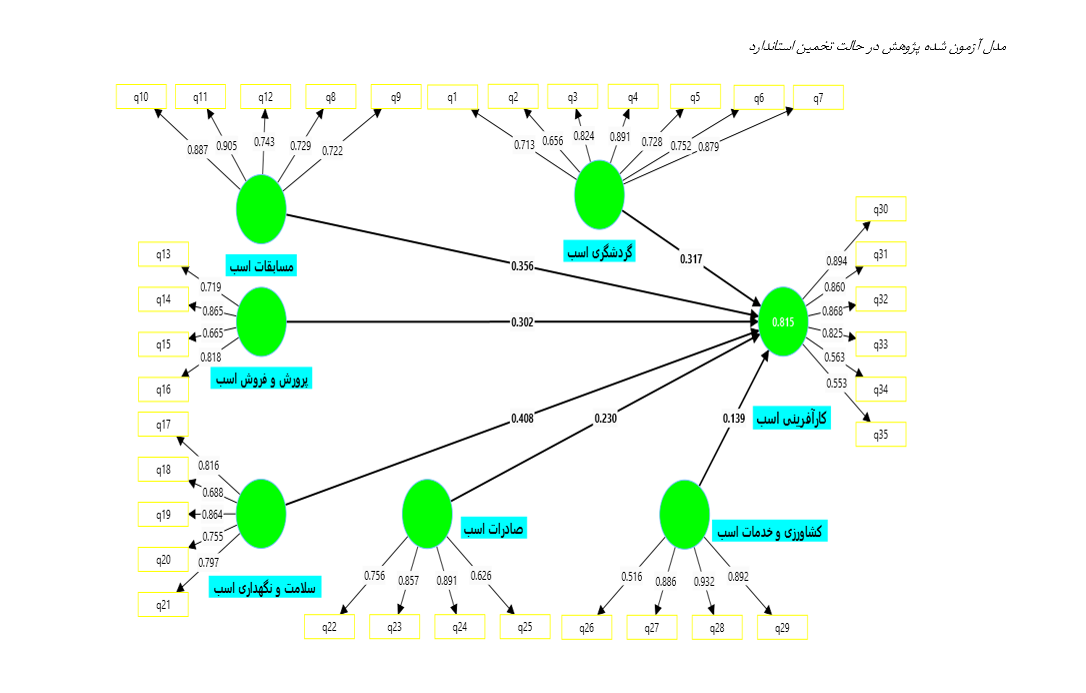
Downloads
Published
Submitted
Revised
Accepted
Issue
Section
License
Copyright (c) 2024 Journal of Technology in Entrepreneurship and Strategic Management (JTESM)

This work is licensed under a Creative Commons Attribution-NonCommercial 4.0 International License.



